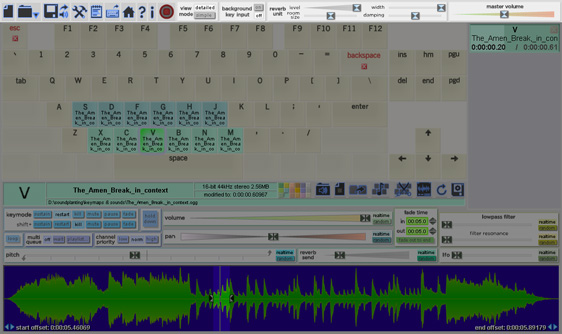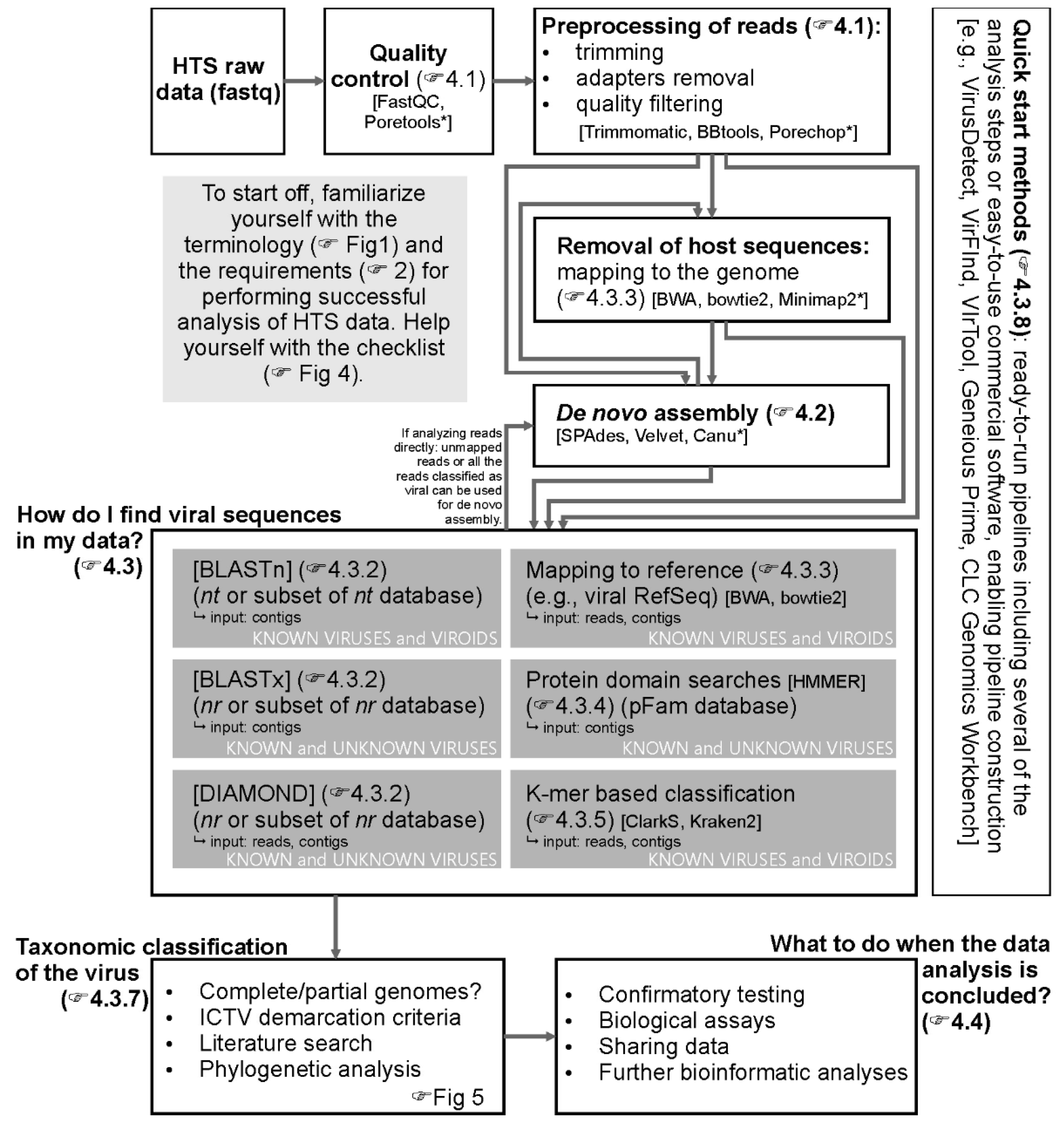

Frontotemporal dementia (FTD) is the second most common form of early-onset dementia, characterized by the degeneration of the frontal and temporal lobes 3, 4.

These results suggest that the increase in the paraspeckle formation may be involved in the poly-PR- and TDP-43-mediated neurotoxicity.Īmyotrophic lateral sclerosis (ALS) is a neurodegenerative disease that selectively affects motor neurons 1, 2. Furthermore, dysregulated expression of TAR DNA-binding protein 43 (TDP-43) up-regulates NEAT1 expression and induces neurotoxicity. We also show that the poly-PR modulates the function of several paraspeckle-localizing heterogeneous nuclear ribonucleoproteins. The CRISPR-assisted up-regulation of endogenous NEAT1 causes neurotoxicity.

The current study shows that poly-proline-arginine (poly-PR), the most toxic DPR in vitro, binds to and up-regulates nuclear paraspeckle assembly transcript 1 (NEAT1) that plays an essential role as a scaffold non-coding RNA during the paraspeckle formation. Although DPRs are thought to be neurotoxic, the molecular mechanism underlying the DPR-caused neurotoxicity has not been fully elucidated. The repeat expansion undergoes unconventional translation to produce five dipeptide repeat proteins (DPRs). A GGGGCC hexanucleotide repeat expansion in the C9ORF72 gene has been identified as the most common genetic cause of amyotrophic lateral sclerosis and frontotemporal dementia.


 0 kommentar(er)
0 kommentar(er)
